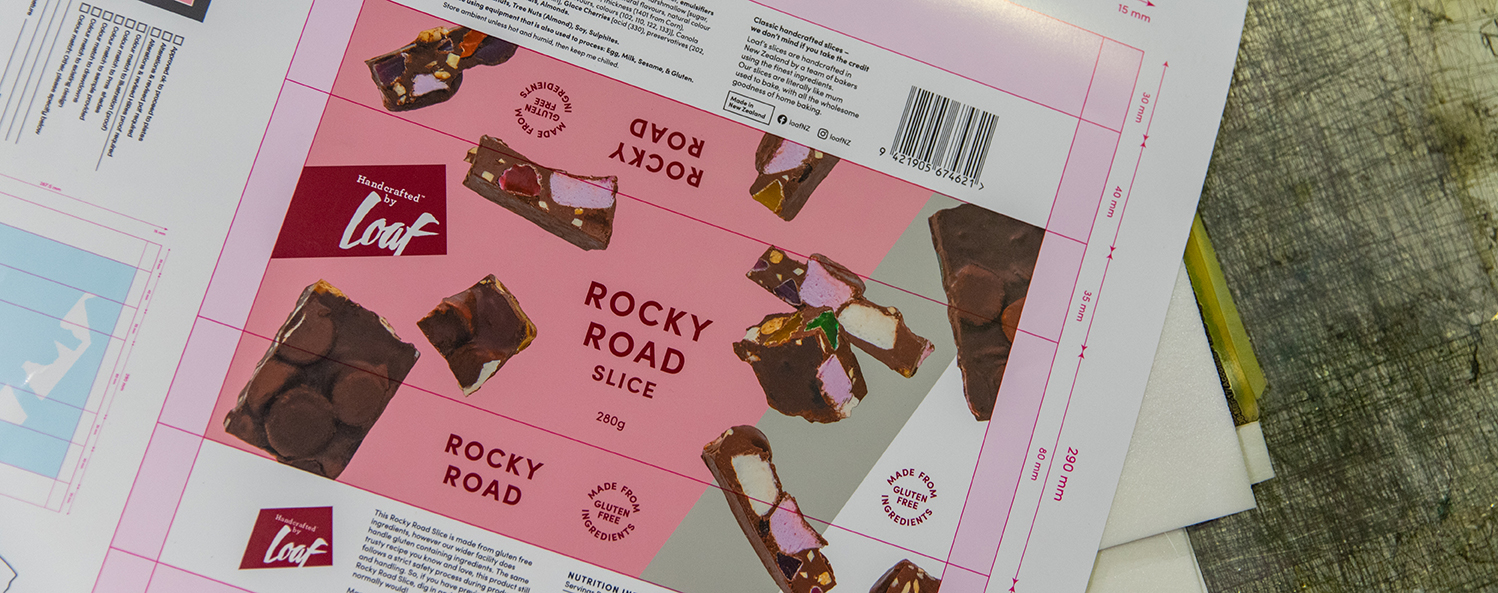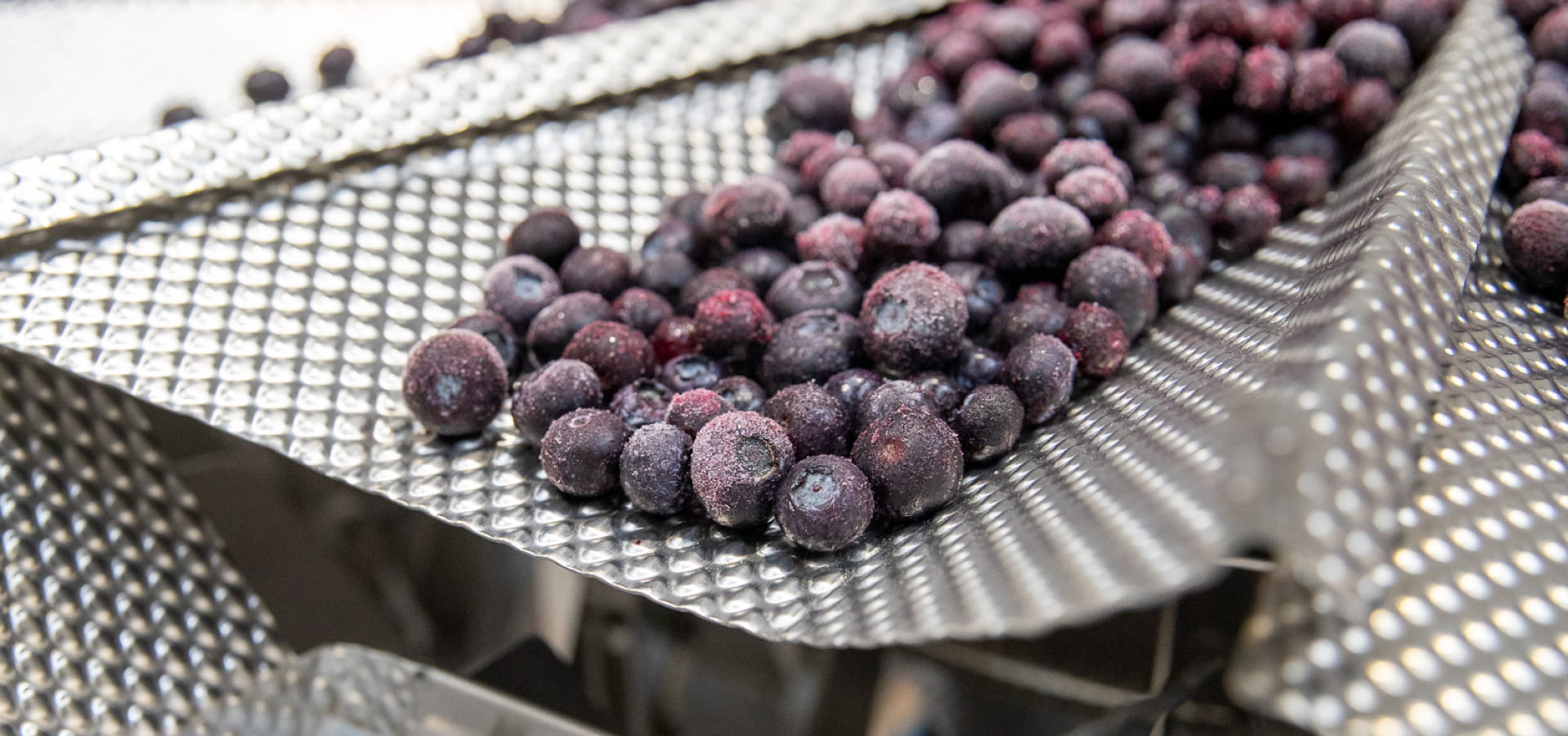What is laminated plastic packaging?
Laminated packaging is a material made up of multiple layers of different films or substrates, bonded together. This creates a packaging material that combines the benefits of each layer.
Lamination can enhance the physical properties, barrier protection, and visual appeal of the packaging, giving you more robust and flexible packaging compared to single layer plastic film.
Each layer in a laminate serves a specific purpose. For example:
- Barrier Layer: This is typically a layer of aluminum foil or a high barrier plastic like EVOH (Ethylene Vinyl Alcohol) or PVDC (Polyvinylidene Chloride). It acts as a barrier to light, oxygen, and moisture, preserving the freshness of your food and extending shelf life.
- Structural Layer: Usually made of a material like PET (Polyethylene Terephthalate) or PA (Polyamide), which provides strength and rigidity to the laminate, preventing it from tearing or puncturing.
- Sealant Layer: Often made of materials like PE (Polyethylene) or PP (Polypropylene), allows the laminate to be sealed, either to itself or to other materials, containing and protecting the packaged product.
The lamination process involves bonding these layers together using adhesives, heat, or pressure. Your choice of laminate can be fine-tuned based on the specific needs of each food product, making laminates an excellent choice for many different food packaging applications.
What sort of food products are laminates best for?
Laminates are incredibly versatile and can be tailored to suit a wide array of food types.
Some of the foods our customers use them for include:
- Snack Foods: Snacks such as chips, nuts, and biscuits benefit from laminates’ excellent barrier properties that protect against humidity and oxygen, preserving their crunch and flavour. The superior printability of laminates allows for attractive, high-quality graphics.
- Meat and Cheese: Laminates provide an excellent barrier against oxygen and moisture, crucial for preserving the freshness and shelf life of these products. They’re also designed to withstand the chiller or freezer.
- Coffee and Tea: For these products, preserving aroma and flavour is a key requirement, which laminates achieve with their superior barrier properties. They also offer protection against UV light, which can degrade the product.
- Ready Meals: Laminates can withstand the heat-sealing process of ready meal packaging and can be designed to endure microwave or oven heating. They also offer an excellent barrier, crucial for preserving taste and quality.
- Liquid Products: For soups, sauces, or juices, laminates provide excellent seal strength to prevent leaks, along with a strong barrier against oxygen to maintain freshness.
- Dry Foods: For products like pasta, rice, or cereals, laminates offer a strong barrier against moisture, preventing food from becoming clumpy or spoiling, and offering protection against pests.
In a nutshell, the adaptability of laminates allows them to provide the perfect balance of protection, durability, sealability, and aesthetic appeal for many different types of foods.
Because these are a custom product, talk to our team of packaging specialists for friendly advice on the best options for your business. We’ve been helping the NZ food industry keep food fresh for over 30 years!

